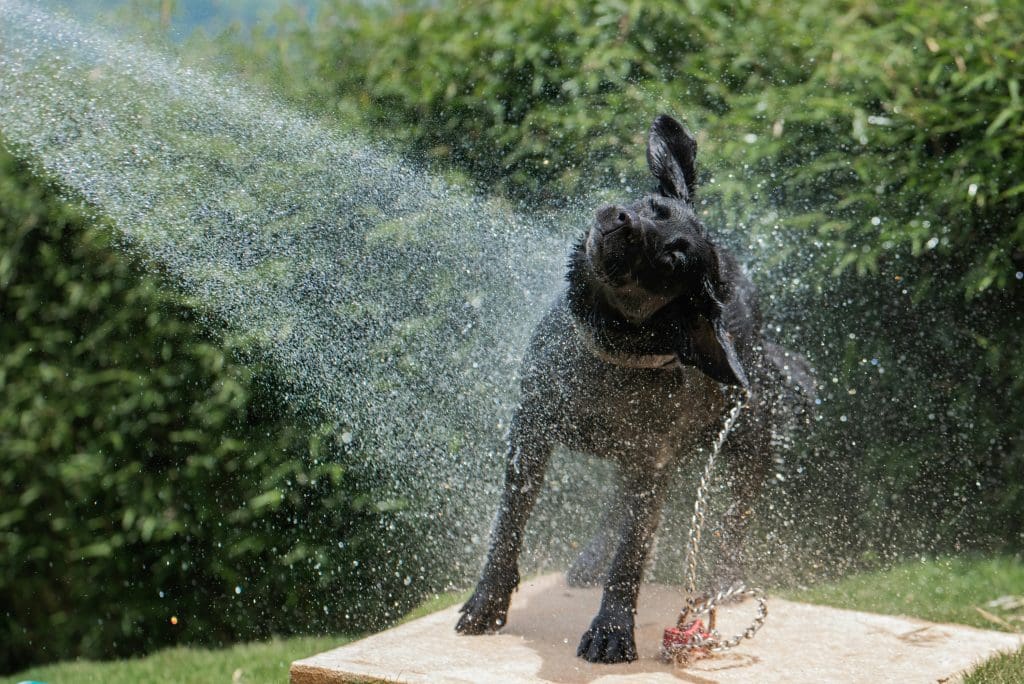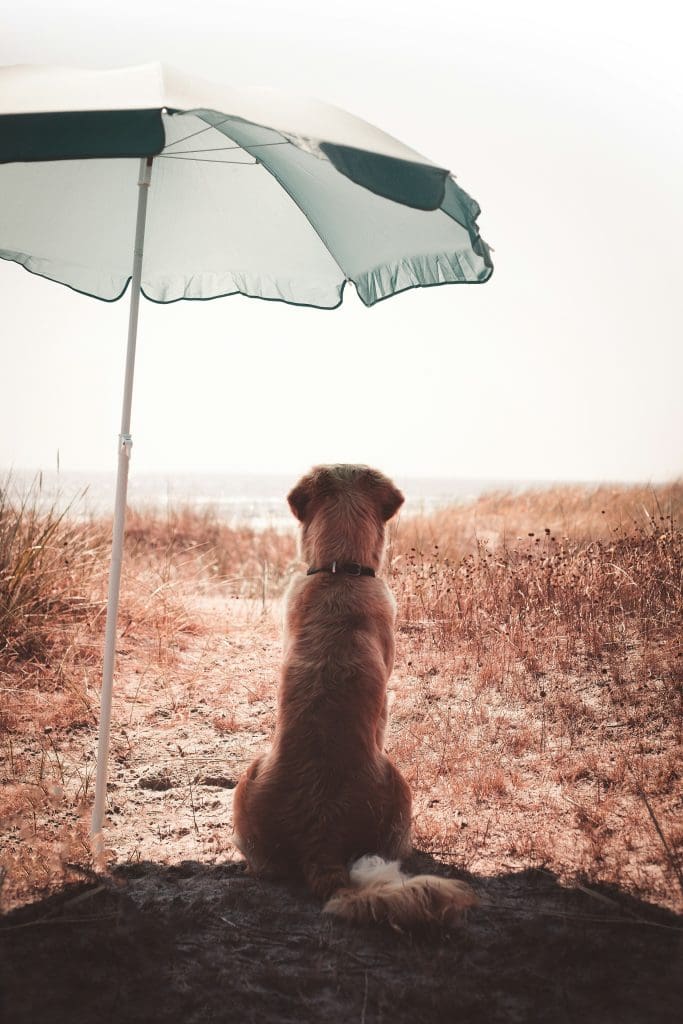Hydration Tips for Dogs in Hot Weather
As the summer sun heats up, keeping your dog hydrated becomes essential. Proper hydration helps regulate body temperature, aids digestion, cushions joints, and keeps energy levels up. Dogs, like people, can quickly become dehydrated when exposed to high heat—especially if they’re active outdoors.
In this blog, we’ll explore why hydration matters, how to spot dehydration, and smart ways to ensure your pup stays cool and refreshed all summer long.
Why Hydration Matters in Hot Weather
Water makes up around 60% of a dog’s body weight. It plays a vital role in nearly every bodily function—from circulating nutrients to removing waste.
In hot weather, dogs lose more moisture through panting and paw pads. Without enough fluids, they’re at risk for:
-
Dehydration
-
Heat exhaustion or heatstroke
-
Kidney issues
-
Reduced stamina and alertness
Proper hydration isn’t just about drinking water—it’s about making sure your dog has access, encouragement, and the right environment to stay cool.
Signs of Dehydration in Dogs
Keep an eye out for these symptoms of dehydration:
-
Dry or sticky gums
-
Excessive panting
-
Sunken eyes
-
Lethargy
-
Loss of appetite
-
Thick saliva
-
Reduced skin elasticity (check by gently lifting the skin between their shoulder blades—if it doesn’t quickly return to place, your dog may be dehydrated)
If you suspect dehydration, offer water immediately and consult your veterinarian if symptoms persist.
1. Provide Constant Access to Fresh Water
The first and most important rule: your dog should have fresh, cool water available at all times—indoors, outdoors, and while traveling.
-
Clean bowls daily to prevent bacteria buildup.
-
Refill frequently, especially after meals or outdoor play.
-
Use stainless steel or ceramic bowls, which stay cooler than plastic.
2. Offer Ice Cubes as Treats
Many dogs love ice cubes. They can:
-
Help your dog cool down
-
Encourage hydration through play
-
Serve as a low-calorie treat
You can even make flavored ice cubes with low-sodium broth or add tiny fruit chunks like blueberries.
Tip: Avoid giving ice cubes to dogs who gulp or chew aggressively, as this can damage teeth.
3. Keep Multiple Water Stations
If your home has more than one floor, or your dog likes to roam, place several water bowls in different areas.
This is especially helpful for:
-
Senior dogs who may not walk as far to drink
-
Puppies still learning to pace their water intake
-
Homes with more than one pet
4. Use Portable Water Bottles or Bowls on Walks
Dogs can overheat quickly on walks, even in the shade. Always carry a portable dog water bottle or collapsible bowl. Offer water breaks every 15–20 minutes, or more often if they’re panting heavily.
Encourage small sips instead of large gulps to prevent tummy upset.
5. Feed Moisture-Rich Foods
Adding moisture to your dog’s diet can help increase their daily fluid intake. Try:
-
Mixing in a little canned (wet) food with their kibble
-
Adding low-sodium broth to meals
-
Offering hydrating snacks like watermelon (seedless and in moderation) or cucumber
Always consult your vet before making dietary changes, especially if your dog has health concerns.
6. Use a Pet Fountain
Some dogs prefer running water—it’s fresher, cooler, and more enticing. A pet fountain:
-
Encourages more frequent drinking
-
Filters out debris and bacteria
-
Keeps water cool longer
It’s a great investment, especially in hot weather or for picky drinkers.
7. Monitor Water Intake
Keep an eye on how much your dog is drinking. On average, dogs need about one ounce of water per pound of body weight per day—and more if they’re active or exposed to heat.
If your dog seems to be drinking more or less than usual, it could be a sign of an underlying health issue. Contact your vet if you notice drastic changes.
8. Avoid Salty Snacks and Excessive Exercise
Salt makes dogs thirsty and can dehydrate them quickly. Avoid feeding salty human foods like chips, bacon, or cheese in the heat.
Also, avoid strenuous exercise during hot parts of the day. Stick to morning or evening outings and prioritize shade, rest, and water breaks.
Final Thoughts
Hydration is the foundation of summer safety for dogs. With a few simple adjustments, you can help your dog stay cool, energized, and happy—even on the hottest days.
From water stations to hydrating treats, every effort makes a difference in preventing dehydration and heat-related illnesses.


